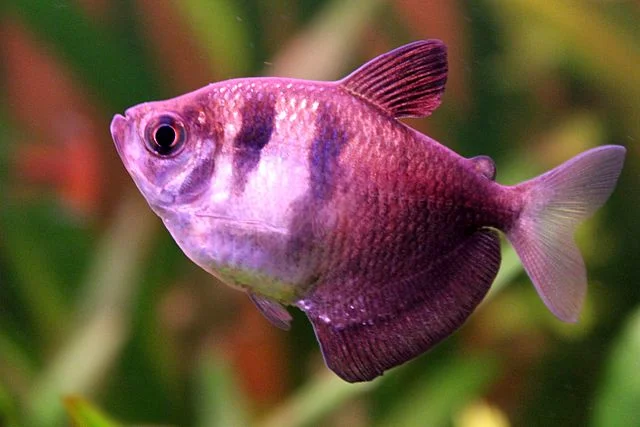USA.- The increase of aquatic feed production is facing the challenge of rising cost and decreasing availability of feed ingredients, such as fishmeal (Barry, 2004). Feed cost usually accounts for more than 50% of aquaculture production cost. Therefore, it is important to find alternative feed ingredients to substitute fishmeal to support sustainable aquaculture.
In the Pacific islands, aquaculture relies heavily on imported feeds, which account for the major costs of aquaculture. The rising costs of transportation and the unstable supplies of imported ingredients and feeds can threaten the security of the local aquaculture industry. On the other hand, food waste is one of the major components in landfill and could cause environmental pollution if not properly treated. Consequently, assuming that for resource-limited island communities converting food waste into feed ingredients will provide local feed industry is a viable alternative.
Black soldier fly (BSF; Figure-1), Hermetia illucens, is a short life span widespread insect in subtropical and tropical region; its larvae can grow efficiently on composting household food scraps and agriculture waste products (Tomberlin & Sheppard, 2002). Utilization of Black Soldier Fly Larvae (BSFL; Figure-2) to recycle food waste does not compete for other natural resources. Adult fly will lose their mouth structure that makes it stop consuming food, which makes it focus on mating. Unique structure of antimicrobial peptides found on BSF and BSFL makes it clean and will not contaminate human food source or transmit pathogens (Park & Yoe, 2017; Elhag 2017). BSFL has high contents of protein and lipid and has been shown to be a promising feed ingredient for poultry and aquaculture production (Sealey & Gaylord et al., 2011). Our goal is to produce BSFL as a feed ingredient on the utilization of BSFL in tropical fish or shrimp diets.
More information at: http://www.ctsa.org/index.php/news/culturing_black_soldier_fly_hermetia_illucens_and_producing_its_larvae_meal
Editor at the digital magazine AquaHoy. He holds a degree in Aquaculture Biology from the National University of Santa (UNS) and a Master’s degree in Science and Innovation Management from the Polytechnic University of Valencia, with postgraduate diplomas in Business Innovation and Innovation Management. He possesses extensive experience in the aquaculture and fisheries sector, having led the Fisheries Innovation Unit of the National Program for Innovation in Fisheries and Aquaculture (PNIPA). He has served as a senior consultant in technology watch, an innovation project formulator and advisor, and a lecturer at UNS. He is a member of the Peruvian College of Biologists and was recognized by the World Aquaculture Society (WAS) in 2016 for his contribution to aquaculture.




